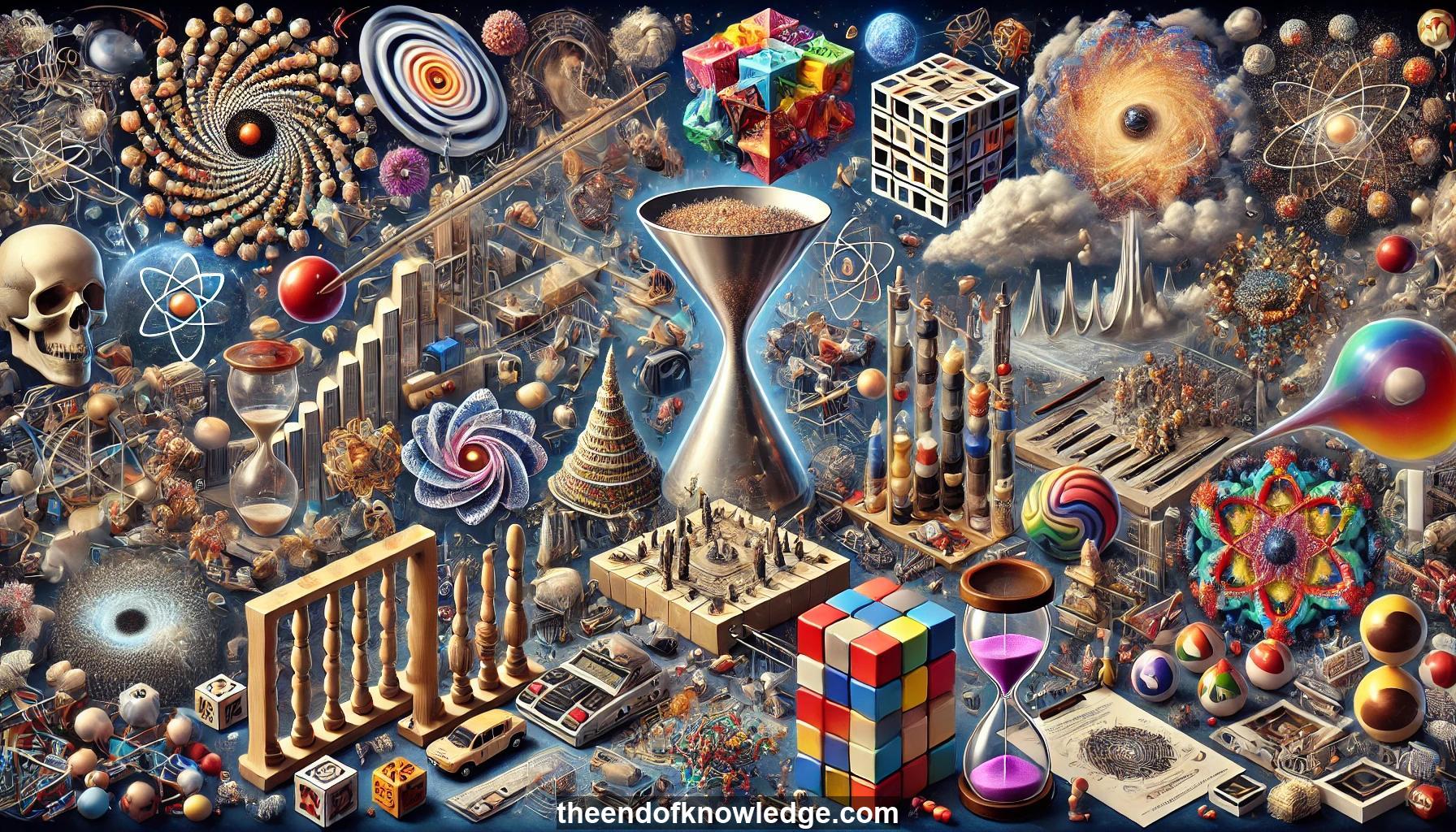 >
>
Concept Graph & Resume using Claude 3.5 Sonnet | Chat GPT4o | Llama 3:
Resume:
1.- Machine learning is revolutionizing molecular sciences by providing tools to bridge the gap between physics theory and practical applications.
2.- Molecular dynamics simulations face challenges in force field development, sampling long timescales, and extracting meaningful information from high-dimensional data.
3.- Machine learning is being used to develop more accurate force fields for molecular simulations, learning from quantum mechanical calculations.
4.- Deep learning approaches are outperforming traditional methods in extracting kinetics and thermodynamics information from molecular dynamics data.
5.- Generative networks are being explored to directly sample Boltzmann distributions, potentially bypassing the need for long simulation trajectories.
6.- Explainable AI is needed to discover new organizing principles and formulate new laws of physics in molecular sciences.
7.- Incorporating physics and chemistry knowledge into machine learning models is crucial for developing more effective tools in molecular sciences.
8.- Coarse-graining techniques are used to bridge molecular and cellular scales by reducing the complexity of atomistic representations.
9.- Thermodynamic consistency in coarse-graining ensures that the simplified model reproduces the same free energy landscape as the original system.
10.- CGNet, a neural network approach, was developed to create thermodynamically consistent coarse-grained models for molecular systems.
11.- Transferability in coarse-grained models allows learning from small systems and applying to larger ones without retraining.
12.- Multi-body interactions are crucial in coarse-grained models, with up to five-body interactions needed to reproduce accurate thermodynamics.
13.- Machine learning approaches are well-suited for representing complex, nonlinear, high-dimensional energy functions in coarse-grained models.
14.- Experimental data can be integrated into molecular simulations using maximum likelihood approaches to improve model accuracy.
15.- Mutational thermodynamic data is being used to refine and validate coarse-grained models of proteins.
16.- Discovering governing equations from data is a challenging but promising area in physics, with limitations in high-dimensional and noisy systems.
17.- Long-range interactions pose challenges in molecular simulations and machine learning models due to scalability issues.
18.- Transferable coarse-grained models for proteins are an active area of research, aiming to apply knowledge from one protein to another.
19.- Including physical constraints and prior knowledge in machine learning models is essential for developing accurate coarse-grained representations.
20.- Interpretability of machine learning models in physics is crucial for understanding the underlying principles governing molecular systems.
21.- Machine learning is being applied across various fields of physics, including astrophysics, particle physics, and physical chemistry.
22.- Efficiency in interfacing neural networks with existing simulation machinery is a challenge in implementing machine learning models for molecular simulations.
23.- The goal in physics is not just to predict but to understand why systems behave as they do, which requires interpretable machine learning models.
24.- Coarse-graining resolution and transferability are open questions in developing models for complex molecular systems.
25.- Balancing accuracy and computational efficiency is a key challenge in developing machine learning models for molecular simulations.
26.- Incorporating experimental data from multiple sources can improve the accuracy and robustness of computational models.
27.- The use of neural networks as universal function approximators is particularly useful for representing complex energy landscapes in molecular systems.
28.- Regularization through imposing physical constraints and structure can improve the performance of machine learning models in molecular sciences.
29.- Bridging scales from quantum mechanics to cellular processes is a major goal in computational biophysics, with machine learning playing a crucial role.
30.- The integration of machine learning with existing physical theories and simulation methods is essential for advancing the field of molecular sciences.
Knowledge Vault built byDavid Vivancos 2024